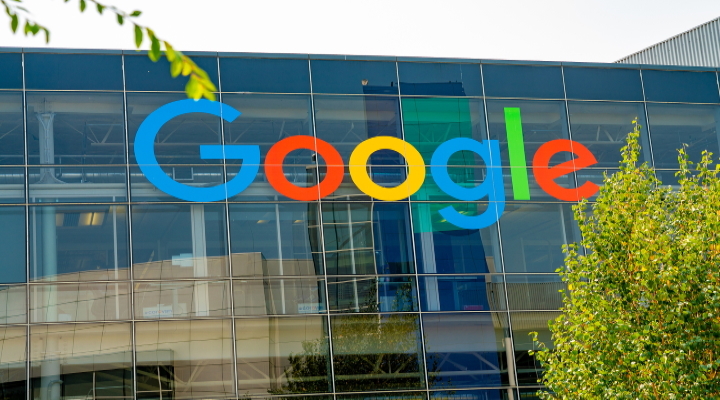
Google Product Search is undergoing a major overhaul and will re-surface as Google Shopping.
VP of product management at Google Shopping, Sameer Samat, describes the changes to come: “We are starting to transition Google Product Search in the US to a purely commercial model.”
The change is more than simply cosmetic. Under the existing design, search results are sorted mostly by relevance. It puts merchants and shoppers together for free. Earnings come from posting paid product search ads alongside the search results showing unpaid listings. With the new design scheduled to be launched in the northern hemisphere autumn, the search list itself will be influenced by what advertisers and retailers pay.
“This will give merchants greater control over where their products appear on Google Shopping,” said Samat.
Mercent CEO, Eric Best, comments on the change of business strategy: ”Today, that model goes away. It’s a very big deal.”
Retail advertisers already account for perhaps as much as 40 per cent of Google advertising. The new approach will strengthen this advertising base. But Best raises questions about how the internet community will respond to paid-for-placement search results rather than organic results.
He does see some advantages, however, saying the new system may give search results a more organised look. Products will be more visible and the advertisers will stop cluttering their sites with free products.
Other online strategy experts question the short notice for the new business model. Coming into effect in October, just before the start of the holiday shopping season, retailers will not have much time to adapt.
E-commerce giants such as Amazon and eBay will soon have to pay for an advertising traffic which so far has been free. But one might expect that the more visible commercial profile will draw even more customers to their sites.
One consultant estimates Google Product Search accounts for about US$1.3 billion of advertisement sales on an annual basis globally, about half that in the US. The changes will cost retailers as much as US$270 million more annually and globally.
“That extra spending is pure margin and will reduce earnings per share,” the consultant said.
GB





